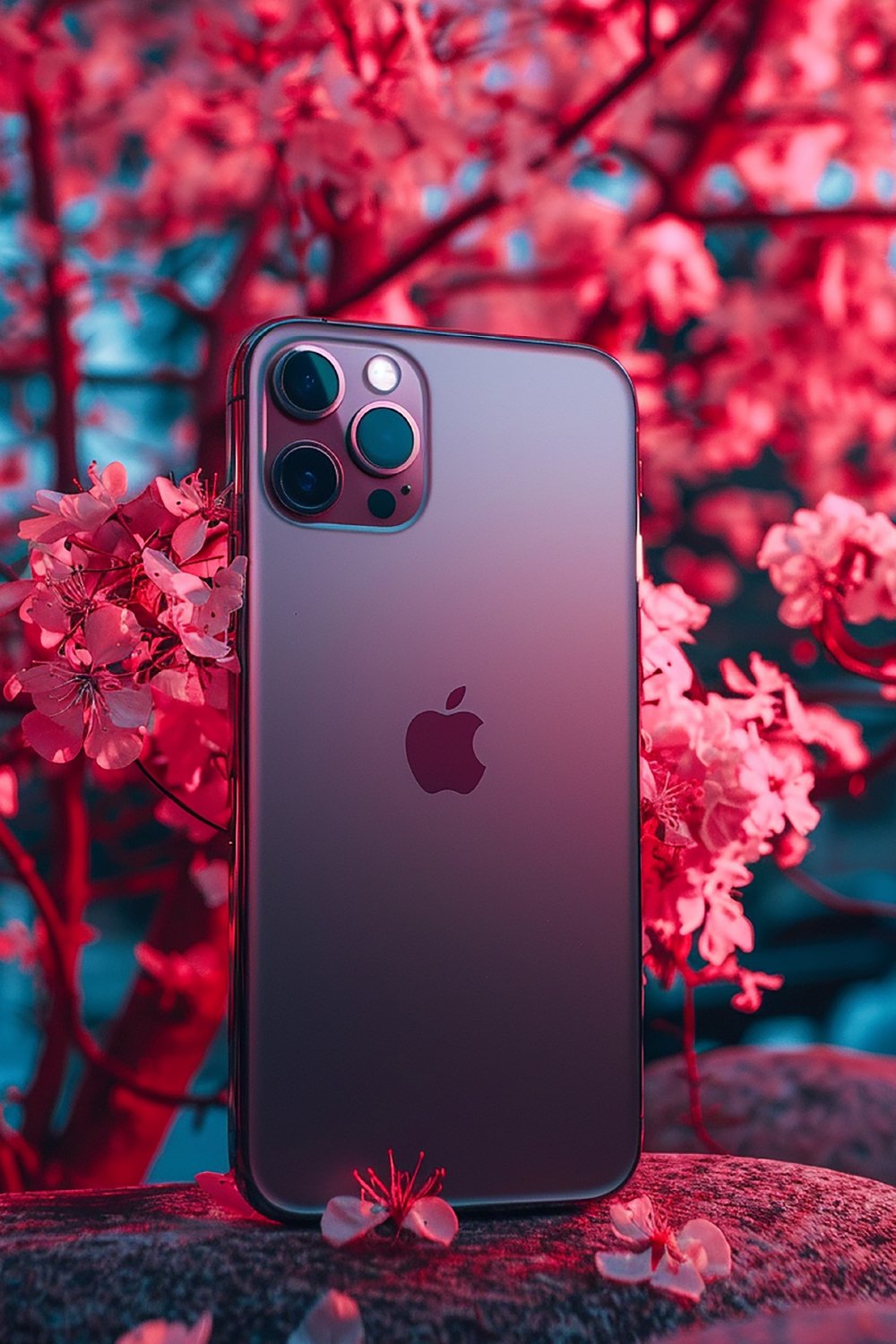Introduction
Remember when phones were just for calling and texting? Today, our smartphones are powerful multimedia devices, and at the heart of this transformation is the smartphone camera. For tech enthusiasts, photography lovers, mobile users, and amateur photographers, the evolution of smartphone cameras has been nothing short of revolutionary. Let’s take a closer look at how these pocket-sized wonders have changed the way we capture and share our world.
A Brief History of Smartphone Cameras
Smartphone cameras have come a long way from their humble beginnings. The first mobile phone with a built-in camera was the Sharp J-SH04, released in Japan in 2000. With a mere 0.11-megapixel resolution, it was a far cry from today’s standards. Fast forward to 2007, and the launch of the iPhone marked a significant milestone in smartphone camera history. The original iPhone featured a 2-megapixel camera, and while it wasn’t the first camera phone, it set the stage for the future of mobile photography.
Over the years, smartphone cameras have seen rapid advancements. From the introduction of autofocus and optical image stabilization to the rise of multi-lens setups, each innovation has brought us closer to professional-quality photography in the palm of our hands.
Tech Innovations Driving Change
Today’s smartphone cameras are packed with cutting-edge technology that rivals even some dedicated cameras. Here are some key innovations driving this change:
AI Integration
Artificial intelligence (AI) has revolutionized smartphone photography. AI-powered features like scene recognition, portrait mode, and night mode enhance image quality by analyzing and optimizing each shot in real-time. Brands like Google, Apple, and Huawei are leading the way with their AI-driven camera capabilities, making it easier than ever to take stunning photos.
Multiple Lenses
Gone are the days of single-lens cameras. Modern smartphones often come equipped with multiple lenses, including wide-angle, telephoto, and macro lenses. This versatility allows users to capture a wider range of shots, from expansive landscapes to detailed close-ups, all with a single device.
Low-Light Performance
Low-light photography has traditionally been a challenge for smartphone cameras. However, advancements in sensor technology and computational photography have significantly improved low-light performance. Features like Night Mode and enhanced image processing algorithms help capture clear, bright images even in challenging lighting conditions.
Mobile Photography Trends
The world of mobile photography is constantly evolving, with new trends and technologies emerging regularly. Here are some current and upcoming trends to watch:
Computational Photography
Computational photography uses software advancements to enhance and extend the capabilities of smartphone cameras. Techniques like HDR (High Dynamic Range), panorama stitching, and depth mapping are just a few examples of how computational photography is transforming mobile photography.
Augmented Reality (AR) Features
AR is making its way into smartphone cameras, offering exciting new possibilities for mobile photography. From virtual try-ons to immersive gaming experiences, AR features are enhancing the way we interact with and capture the world around us.
Pro Mode and Manual Controls
For those who want more control over their photography, many smartphones now offer Pro Mode and manual controls. These features allow users to adjust settings like ISO, shutter speed, and white balance, giving them the flexibility to capture the perfect shot.
The Future of Smartphone Cameras
The future of smartphone cameras looks incredibly promising, with several exciting developments on the horizon:
Advanced AI Capabilities
AI is expected to play an even more significant role in smartphone photography. Future advancements may include real-time 3D mapping, enhanced object recognition, and more sophisticated image editing tools, making it easier than ever to capture professional-quality photos.
Foldable and Rollable Displays
Foldable and rollable smartphones are set to revolutionize mobile photography by providing larger screens without compromising portability. These innovative designs will enable users to review and edit their photos more effectively, enhancing the overall photography experience.
Improved Optical Zoom
While current smartphones offer impressive digital zoom capabilities, the future will likely bring even better optical zoom options. Innovations in periscope lens technology could provide significant improvements in zoom quality without increasing the physical size of the camera module.
Tips for Maximizing Your Smartphone Camera
Ready to take your mobile photography skills to the next level? Here are some practical tips for making the most of your smartphone camera:
Clean Your Lens
It might sound simple, but a clean lens can make a big difference in image quality. Use a microfiber cloth to gently clean your lens before taking photos to ensure your shots are sharp and clear.
Use Gridlines
Enable gridlines in your camera settings to help you compose your shots better. The rule of thirds is a fundamental photography principle that can instantly improve the visual appeal of your photos.
Experiment with Angles and Perspectives
Don’t be afraid to get creative with your shots. Experimenting with different angles and perspectives can add depth and interest to your photos, making them stand out from the crowd.
Utilize Editing Tools
Take advantage of the editing tools available on your smartphone to enhance your photos. Simple adjustments like cropping, straightening, and tweaking brightness and contrast can make a significant difference in the final result.
Conclusion
Smartphone cameras have come a long way since their inception, transforming the way we capture and share our world. From early innovations to the latest advancements in AI and multi-lens setups, smartphone cameras continue to push the boundaries of what’s possible in mobile photography. As we look to the future, the potential for even more groundbreaking developments is endless. Visit Buyelectro to buy the latest tech gadgets and for recent tech updates.





























